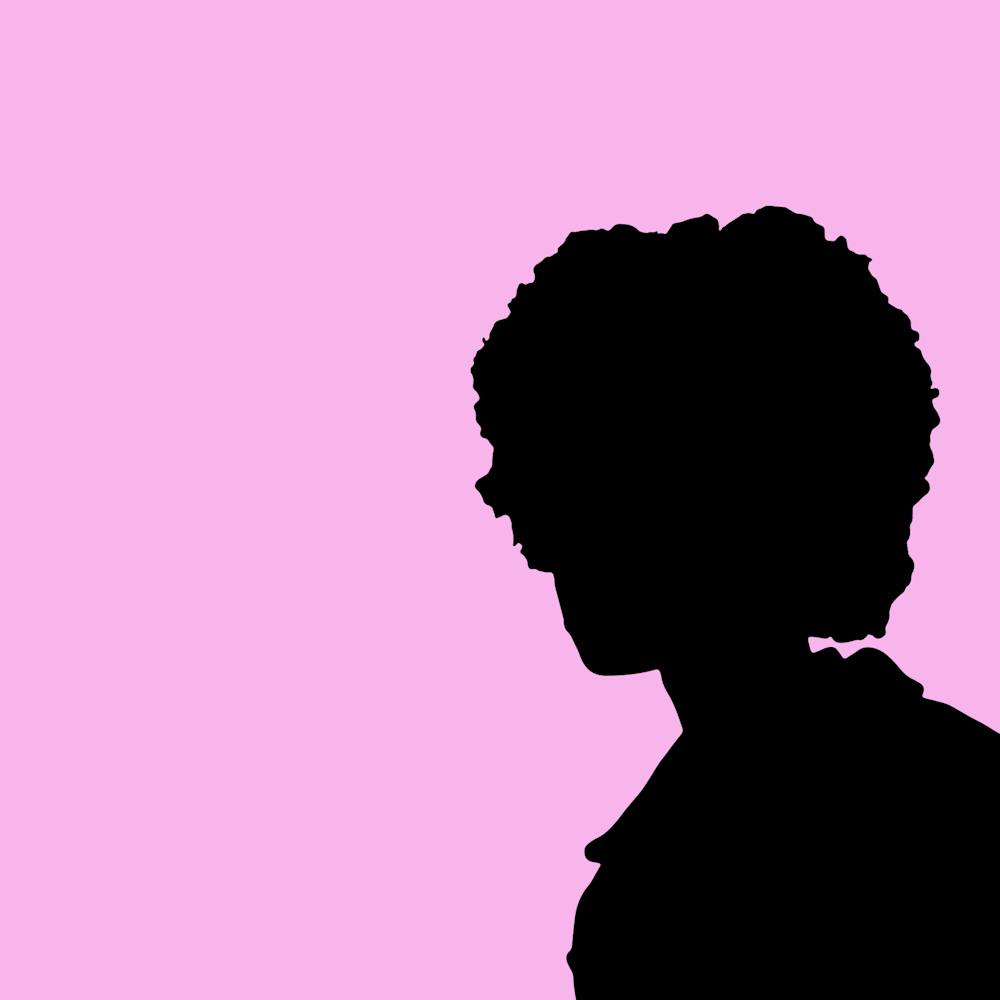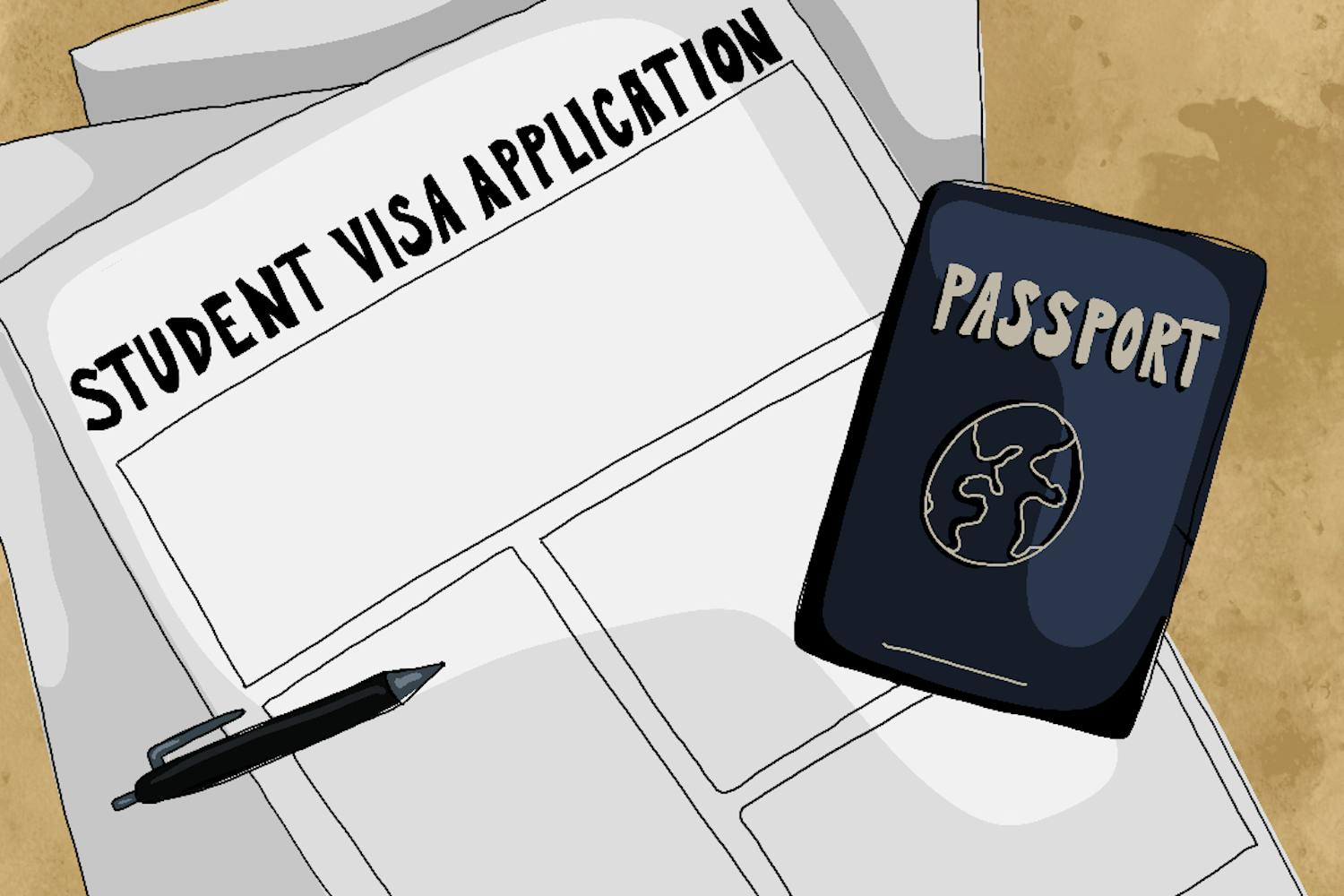It’s no secret that there are innumerable barriers for Black women who are pursuing a degree in STEM.
“I’m in this lecture that is like 300- 400 students. I know I’m going to walk in and be one of five Black students, almost certainly going to be the only Black woman in the room,” said Debbie Kariuki, a junior studying psychology.
Kariuki is the vice president of Black Women in STEM at ASU, a new club that aims to provide a safe space for Black women, femme-presenting and nonbinary students pursuing degrees in STEM to find commonalities and community through a space for sharing common experiences. In November 2021, before the club began operating in September 2022, its founders discussed a common ground they shared: navigating the complexities of an ASU STEM program as a Black woman.
Kariuki, Caroline Pete — the club’s president — and the rest of the executive board wanted to provide an organizational space specifically for Black women pursuing STEM degrees. The club modeled its structure after existing ASU organizations like the Black Medical Student Association and the National Society of Black Engineers, Kariuki said.
“We wanted to make sure that Black women were (at) the center because the issue at hand was being Black and a woman,” Kariuki said. “We wanted to make sure (the club) was interdisciplinary in its approach.”
BWSA aims to create networking opportunities with events that get students to connect with other students who look like them, Pete said. BWSA’s first event of the spring semester was a series of discussions about the college experience. BWSA members received a topic and chose if they disagreed, agreed or were neutral before discussing it as a group, she said.
The organization hosted a trivia night in February in partnership with the Black Undergraduate Law Society and the Black Medical Student Association in honor of Black History Month. BWSA also hosts study sessions for members and other students.
“It’s a kind of professional and social development because our peers can network with each other,” Kariuki said.
An anticipated partnership with a youth development program in the Valley, ICAN, an organization that provides after-school programs, is also in the works, Pete said. ICAN’s after-school programs are free for low-income families to access.
ICAN reached out to BWSA to speak to students during Black History Month about who they are and to get kids excited about school and STEM. The BWSA team plans to share their experiences as Black women in STEM and perform science experiments to keep students engaged, Kariuki said.
‘A broken system’
Black women in the workplace continue to face exclusion and discrimination in certain careers within STEM fields. A 2021 Pew Research Center study reported uneven progress in increasing gender, racial and ethnic diversity within STEM fields, especially in jobs like computing and engineering. Black workers as a whole remain underrepresented in STEM fields; out of all the STEM jobs included in the Pew study, only 9% are held by Black workers. Additionally, Black and Hispanic women in STEM positions made an average of $9,200 less than white women did in 2019, the Pew study found.
To address the lack of women of color in STEM, the Center for Gender Equity in Science and Technology at ASU strives to alleviate the gap by creating research opportunities and critiquing the existing literature while offering STEM education programs targeted toward underrepresented communities, according to a promotional handout from the center. Through community organizations and school districts, the center provides programs that teach digital storytelling, computer programming, designing tech projects, and expanding scientific knowledge.
The center is designed to address a faulty higher education system that needs to be restructured, said Tara Nkrumah, an assistant research professor at CGEST.
“We in no way want to promote the girls’ participation in our programs to focus on fitting into a broken system,” she said.
Nkrumah joined the center in 2019 as part of her postdoctoral research. Her research focuses primarily on promoting equity in teaching and learning not only for girls and women of color but for people of all genders, she said.
The center’s focus at the start of 2023 was the Cyber Warriors camp. Participants in the program in grades 8-12 gain experience in cyber security and IT through interactive games and hands-on activities throughout the camp.
CGEST works nationally and internationally with different organizations to create various programs, Nkrumah said. CompuGirls Hawai’i provides residential camps through the National Science Foundation grants primarily to Hawaiian natives and those who relocated because of military families, Nkrumah said.
Overcoming barriers
Pete and Kariuki both recall experiencing isolation in different classes and labs they took.
“Stepping into a school (where) I am constantly looking around like, ‘Wow, I am being coded as a Black woman right now,’ there’s this unsafeness where you’re unsure if the person next to you relates to you,” Kariuki said.
Kariuki described this experience as one where she felt unsafe because she was unsure if the person next to her perceived her in the way she wanted to be perceived. You’re never sure if your peer holds a bias that may come out in your interactions with them, Kariuki said.
Kariuki started working on her Barrett thesis this semester, in which she wants to research the cultural presence of a father in a Black household, focusing on multiracial families. Black mothers are said to be more culturally influential in the household; Kariuki asks why Black fathers are not considered to be the same.
This is a sensitive topic, especially while talking to white professors. Kariuki looks for a professor with cultural competence to avoid having to confront racial biases and microaggressions while completing her research.
“I think having somebody ... to correctly navigate and go through those conversations is cool for me because then I know that I will not become a victim to my own project,” Kariuki said.
Similarly, Pete, a junior studying psychology and neuroscience, said one of the biggest barriers Black women in STEM face is not being taken seriously by their white peers. This barrier can seep out in various instances, like coming up with an idea and not being properly credited for it, a problem Black women have faced in the past and continue today.
For example, many famous Black women in history have made great achievements in STEM that have gone unrecognized. Dr. Dorothy Lavinia Brown, the first Black female surgeon, Dr. Rebecca Lee Crumpler, the first Black woman to earn an M.D. in 1864, and Mary Jackson, NASA’s first Black female engineer, have all been glazed over by the white public.
Internalized feelings of doubt and habitually being discredited by white peers are coupled with the interwoven nature of racism and the patriarchy, Pete said.
Being excluded from group projects can be another common experience for Black women forging into a STEM field. Pete, who recalled feeling excluded from a lab group she was part of last year, said she wasn’t “sure if it was intentional, but it is something that (she) internalized.”
Despite these barriers, Black women have made opportunities for themselves in various STEM positions. Because of how she was brought up, Noora Aldossary, a senior studying biological sciences, tries not to let negative experiences she’s had in STEM spaces plague her. However, she admits imposter syndrome still gets to her.
“Whether (I’m) in the lab or the classroom, I sometimes feel like my peers and faculty do not include me. But like I said before, I don’t let these negative experiences get to me,” she said.
Cultivating safe spaces
These experiences are all too common, and Pete said she hopes BWSA can help to open conversations among Black women getting STEM degrees.
“Providing language assures them that their feelings are natural,” she said. “Maybe you feel isolated because few people look like you in said class. But you just have to be like, ‘Wouldn’t I want to see somebody who looks like me do what I want to do?’ So you should be that person.”
There is a historical context of Black women that makes certain spaces uncomfortable to be in, which is why Black women having their own space is essential, Pete said.
Kariuki discussed that because of imposter syndrome, Black women need their own space. BWSA’s main purpose is to remind Black women that they belong in the field and that they worked just as hard as their non-black peers, Kariuki said.
Spaces targeted for Black women are an opportunity to be surrounded by other women that share similar goals. It is a way for Black women to be themselves and feel comfortable in their skin, Aldossary said.
Another new student organization that aims to center Black women’s voices is The PrettySmart Club. The club started at UA, and a chapter began at ASU in August 2022. The PrettySmart Club promotes academic, social and professional development and includes all majors — from STEM to business to pre-law. The club provides resume-writing and leadership-building workshops and hosts mock interviews for roles in STEM fields. Aldossary, the PrettySmart Club’s president, said the club provides role models to younger women.
“It’s really good for us older women on the e-board to communicate with these younger girls and show them the connections they need,” Aldossary said.
“Many Black women don’t have the door open for them, so we’re holding their hand and guiding them.”
PrettySmart Club’s advisor, Edward Ofori, assistant professor at the College of Health Solutions and director of ASU’s Pathomechanics and Neuroimaging Laboratory, said “exposure, advocacy and representation” are some ways to encourage Black women to join STEM. He added that reaching out to schools — and the young, promising students within them — directly is a proactive way to help motivate more young Black women to pursue opportunities in STEM fields.
Pete, Kariuki and Aldossary share a common ground: their clubs aim to create safe spaces. The highlights of their first meeting put that idea into action — the members of these clubs felt that they could express themselves and speak freely compared to other organizations. Pete called it “a place (where) you did not have to code switch.
“For once, I was on the board. For once, I was included,” Aldossary said. “I feel like I was seen and heard. But there is a bigger picture. It’s not all about me. I feel like the safe space is allowing women to come to us.”
This story is part of The Automation Issue, which was released on March 15, 2022. See the entire publication here.
Reach the reporter at fgabir@asu.edu and follow @FatimaGabir on Twitter.
Like State Press Magazine on Facebook, follow @statepressmag on Twitter and Instagram and read our releases on Issuu.
Fatima is a junior studying journalism and mass communication with a minor in justice studies. This is her fourth semester with The State Press. She has also worked at Phoenix Magazine.




